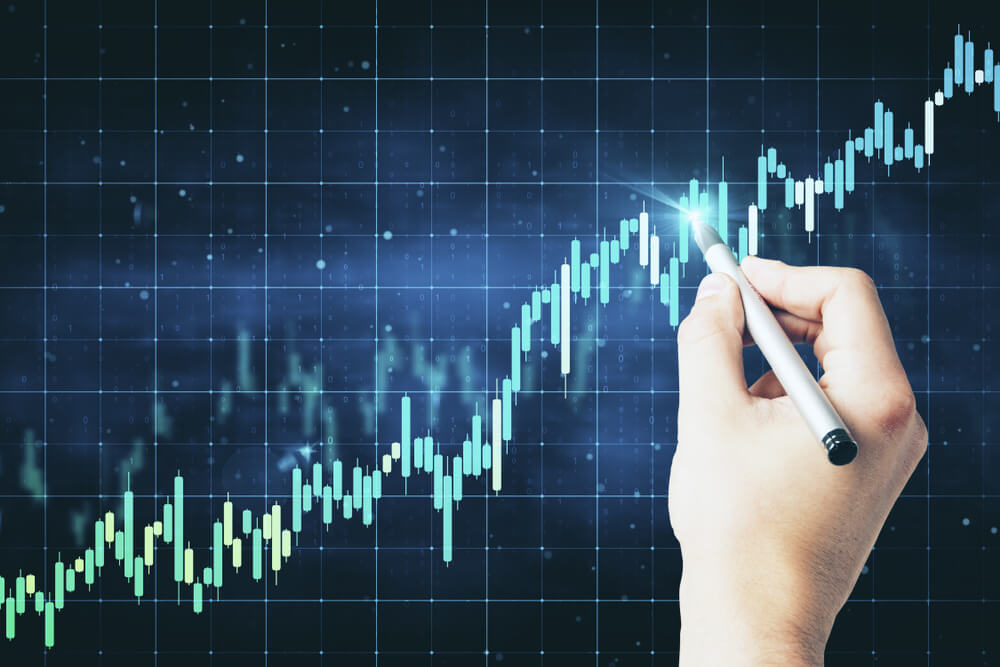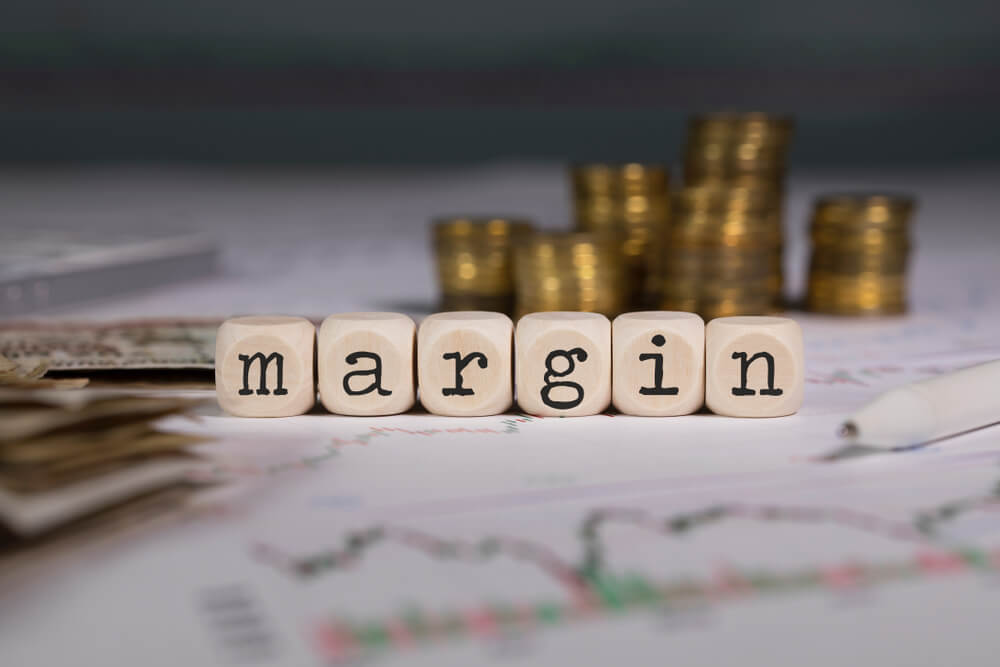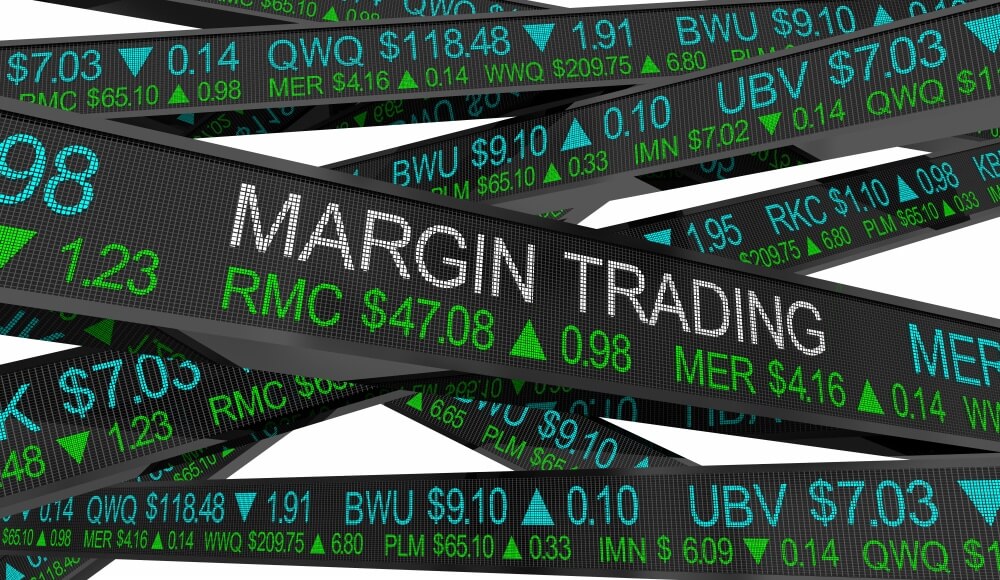Introduction
We have discussed all the terminologies and concepts related to Margin Trading in the previous articles. In this article, let’s get a quick recap of all these terms with the help of examples.
Let’s go through the steps involved in margin trading with the help of these terms. This exercise will help you in understanding how all of these terms are interrelated.
Let’s say Tom wants to margin trade GBP/USD currency pair. Below is the step-by-step procedure that he should follow.
Step 1: Balance
To start taking positions in his margin account, Tom must first deposit some amount. So, let’s say he has deposited $1,000 in his margin account. Once this amount gets deposited, Tom’s Balance will be $1,000.
Step 2: Required Margin
After depositing, if Tom wishes to go long on GBP/USD, he must know the Required Margin to open a position. Assuming the price of GBP/USD is 1.3150, and he wants to open 10,000 units, the Required Margin, if the Margin Requirement is 2%, is,
Required Margin = Notional Value x Margin Requirement
In terms of USD, Notional value = 10,000 pounds x $1.3150 = $13,150
Hence, the Required Margin will be,
Required Margin = $13,150 x 0.02 (2%) = $263
Step 3: Used Margin
As we know, when there is only one position open, the Used Margin will be equal to the Required Margin. So, here, the Used Margin of Tom’s margin account will be $263.
Step 4: Equity
Initially, let us say that Tom’s trade is in breakeven (no profit no loss). The Equity for this can be obtained using the below formula,
Equity = Balance + Floating P/L
= $1,000 + $0
Hence, Equity = $1,000
Step 5: Free Margin
From Equity and Used Margin, we can calculate the Free Margin as well. It is the simple difference between the two.
Free Margin = Equity – Used Margin
= $1,000 – $263
Thus, the Free Margin turns out to be $737.
So, this is the amount Tom has left to take new positions.
Step 6: Margin Level
Taking another step forward, we can calculate the Margin Level as,
Margin Level = (Equity / Used Margin) x 100%
= ($1,000 / $263) x 100% = 380%
Hence, the Margin Level is 380%. This is an important term for brokers as they use it to determine Tom’s eligibility to take new positions. Because both the Margin Call Level and Stop Out Level fixed by the brokers will be considering the Margin Level of Tom’s Margin Account.
The values that will be changed after the price changes are Notional value, Used Margin, Floating P/L, Equity, Free Margin & Margin Level.
Now, let’s say the price of the GBP/USD dropped to 1.1000. Let us calculate the changes in the values.
Notional value
Notional value = 10,000 pounds x $1.1000
Notional value = $11,000
Used Margin
Used Margin = Notional value x Margin Requirement
= $11,000 x 0.02 = $220.
Floating P/L
(Entry Price = 1.1800)
Assuming the pip value to be $1, the Floating P/L for a movement of 800 pips will be,
Floating (Unrealized) P/L = (Current price – Entry price) x pip value
= (1.1000 – 1.1800) x 10,000 x $1
= -0.08 x 10,000 x $1
From the above calculation, the Floating P/L will be = (– $800)
Equity
Similarly, Equity will change to
Equity = Balance + Floating P/L
= $1,000 + (-$800)
Hence, the Equity will be $200.
Free Margin
Free Margin = Equity – Used Margin
= $200 – $220 = (–$20)
Margin Level
Margin Level = (Equity / Used Margin) x 100%
= ($200 / $220) x 100%
Hence, we obtain the Margin Level to be 90%.
Now, if you recall the previous two lessons, at this point, Margin Call will be initiated by the broker. And a further fall could lead to Stop Out as well.
In case if the Margin Call Level is the same as the Stop Out Level, then Tom’s Used Margin will be released, and the Floating Loss will be realized. Also, Tom’s Balance will be updated accordingly. We hope it all makes sense now. Check your learning by taking the quiz below.
[wp_quiz id=”51961″]



